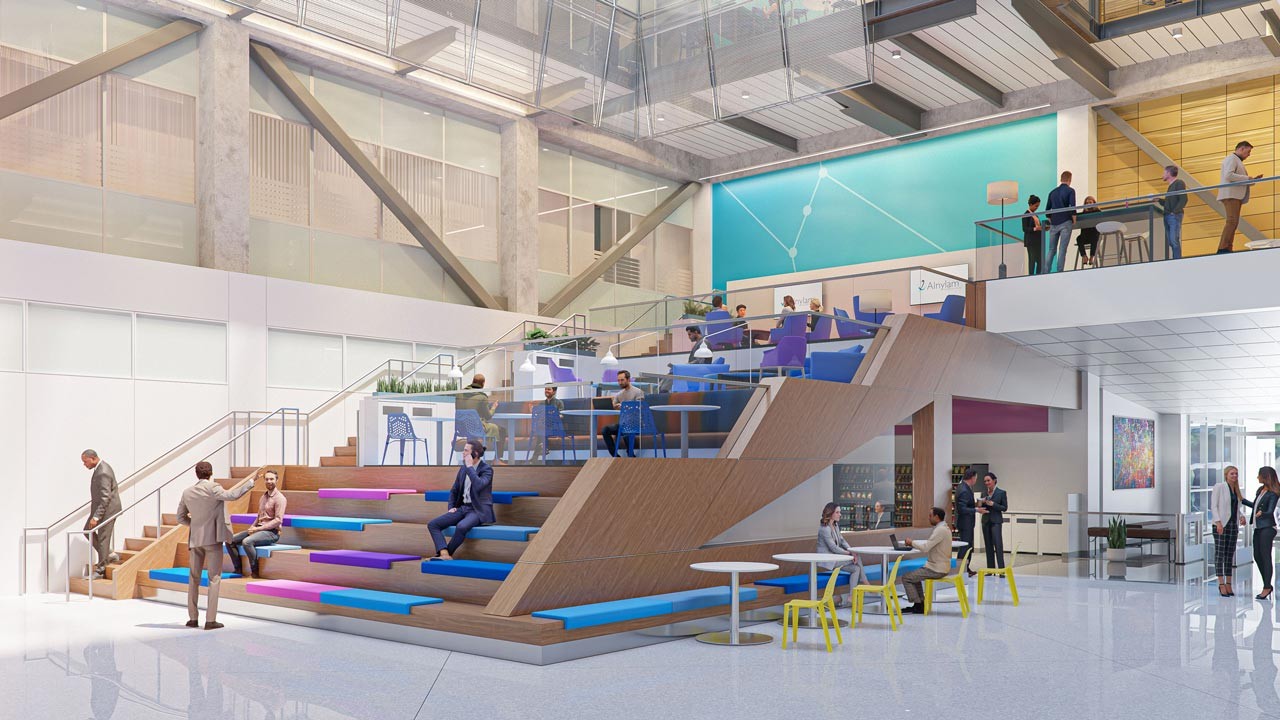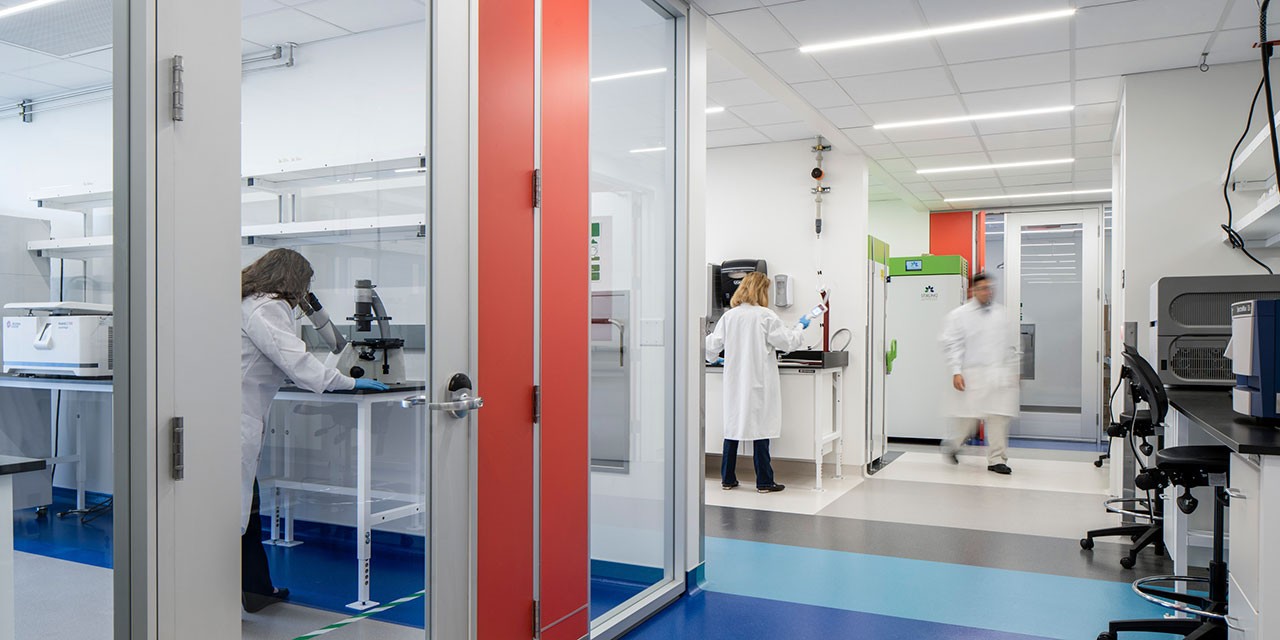One of the reasons so many people work well from home is that much of their work is done step-by-step. If your work involves performing a set of defined tasks, or following instructions, then you do not need to rely on others to get it done. This is not to minimize the value of this type of work—only to say that it can be done just as successfully from home.
By contrast, work that is about solving problems must rely on those in-person relationships that only a physical workplace can provide. If your day does not follow a program, that is when you need closer support, mentoring, feedback, and collaboration. In almost every case, this is more easily achieved in person.
This is the true value of relationships: Generating solutions to problems. When a solution is not clear-cut, fresh ideas are needed. And ideas are better fostered through good work relationships built on trust. By being around other people, trust between your employees is more likely to grow, and your company is more likely to reach its full potential.






